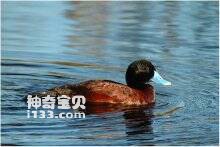
Oxyura australis
Oxyura australis,Blue-billed Duck
The Australian hard-tailed Duck (Oxyura australis) is a Blue-billed Duck, wi···
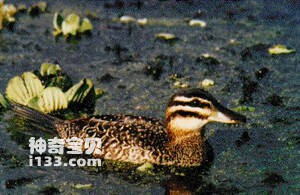
Nomonyx dominicus
Nomonyx dominicus,Masked Duck,Oxyura dominicus
Nomonyx dominicus (Nomonyx dominicus) is a very typical social teal of the f···
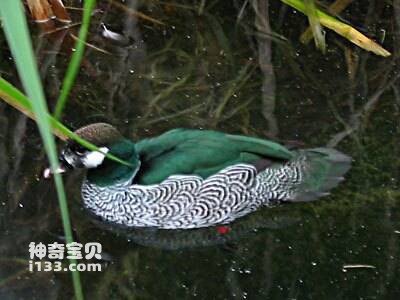
Green Pygmy-goose
Green Pygmy-goose,Green Pygmy Goose,Nettapus pulchellus
The Green Pygmy Goose (Nettapus pulchellus) is the smallest teal in the fami···
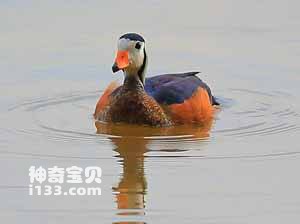
Nettapus auritus
Nettapus auritus,African Pygmy-goose
Nettapus auritus (African pygomy-goose), no subspecies.The pachyptews often ···
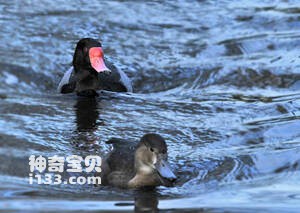
Rosy-billed Pochard
Rosy-billed Pochard,Netta peposaca
The pink-billed Pochard (Netta peposaca) is a bird of the Anseriformes famil···
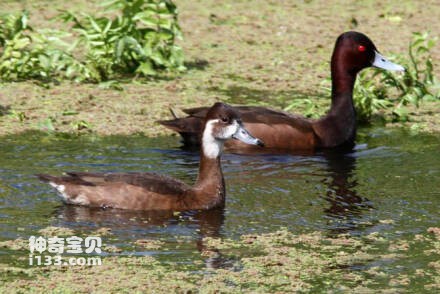
Southern Pochard
Southern Pochard,Netta erythrophthalma
Netta erythrophthalma (Southern Pochard) has two subspecies.Gray-billed duck···
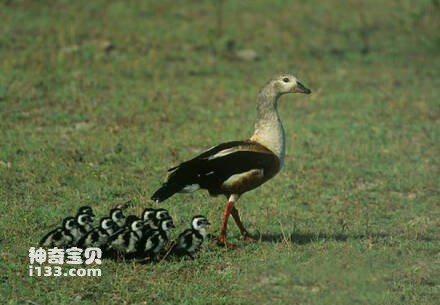
Orinoco Goose
Orinoco Goose
Neochen jubata (Orinoco Goose) rarely swims and is clumsy when flying. More ···
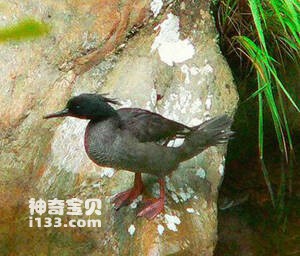
Mergus octosetaceus
Mergus octosetaceus,Brazilian Merganser
The Brown Merganser (Mergus octosetaceus) is Brazilian Merganser, without su···
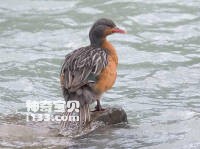
Merganetta armata
Merganetta armata,Torrent Duck
The Torrent Duck (Merganetta armata) has six subspecies.Scatter alone or in ···
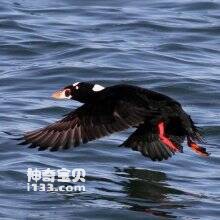
Melanitta perspicillata
Melanitta perspicillata,Surf Scoter
Melanitta perspicillata Surf Scoter, no subspecies.Each winter the seabuckar···
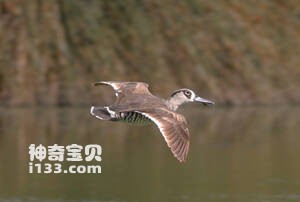
Malacorhynchus membranaceus
Malacorhynchus membranaceus,Pink-eared Duck
The red-eared Duck (Malacorhynchus membranaceus) is known as Pink-eared Duck···
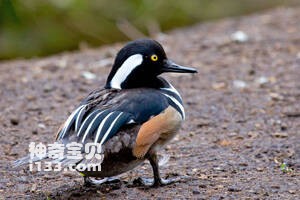
Lophodytes cucullatus
Lophodytes cucullatus,Hooded Merganser
The Hooded Merganser (Lophodytes cucullatus) has no subspecies.Mergansers li···
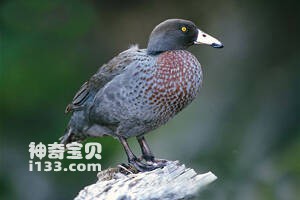
Hymenolaimus malacorhynchos
Hymenolaimus malacorhynchos
The mountain blue duck has two subspecies, Hymenolaimus malacorhynchos.The m···
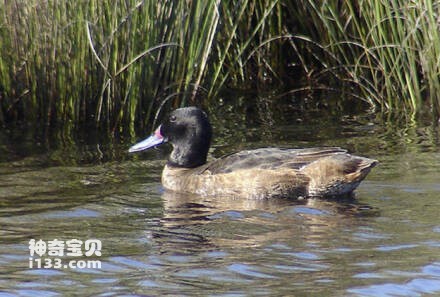
Heteronetta atricapilla
Heteronetta atricapilla,Black-headed Duck
The Black-headed Duck (scientific name: Heteronetta atricapilla) is a black-···
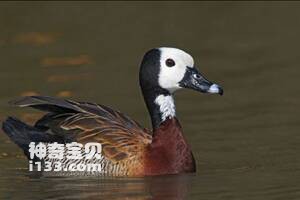
Dendrocygna viduata
Dendrocygna viduata,White-faced Whistling-duck,White-faced Duck,White-faced Whistling Duck
Dendrocygna viduata (Dendrocygna viduata) is a White-faced whistling-duck, W···
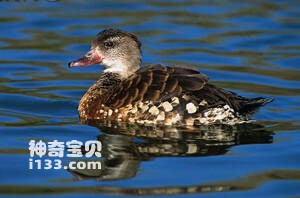
Dendrocygna guttata
Dendrocygna guttata,Spotted Whistling-duck,Spotted Whistling Duck
Dendrocygna guttata (Dendrocygna guttata) Spotted whistling-duck, Spotted Wh···
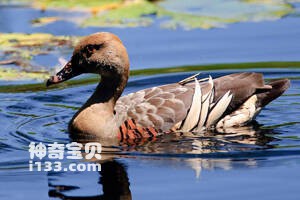
Dendrocygna eytoni
Dendrocygna eytoni,Plumed Whistling Duck,Plumed Whistling-duck,Grass Whistling Duck
Plumed Whistling Duck (Dendrocygna eytoni) : Plumed Whistling duck, Plumed w···
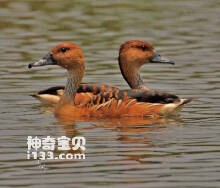
Dendrocygna bicolor
Dendrocygna bicolor,Fulvous Whistling-duck,Fulvous Duck,Fulvous Whistling Duck
Brown tree duck (Dendrocygna bicolor) Fulvous Whistling-duck, Fulvous Duck, ···
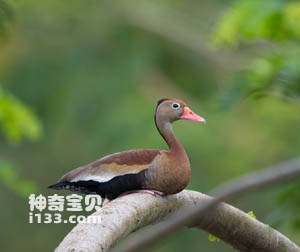
Dendrocygna autumnalis
Dendrocygna autumnalis,Black-bellied Whistling-duck,Black-bellied Whistling Duck
The Black-bellied Whistling Duck (Dendrocygna autumnalis) has two subspecies···
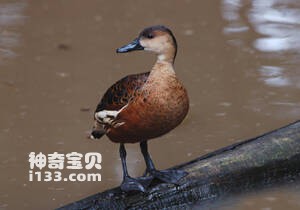
Dendrocygna arcuata
Dendrocygna arcuata,Wandering Whistling-duck,Wandering Whistling Duck
The zebra duck (Dendrocygna arcuata) has three subspecies: Wandering Whistli···
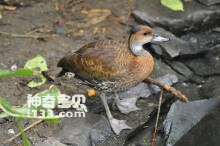
Dendrocygna arborea
Dendrocygna arborea,West Indian Whistling-duck,Black-billed Wood-duck,Cuban Tree-duck,West Indian Tree-duck,West Indian Whistling Duck
West Indian tree duck Dendrocygna arborea) West Indian Whistling-duck, Black···
